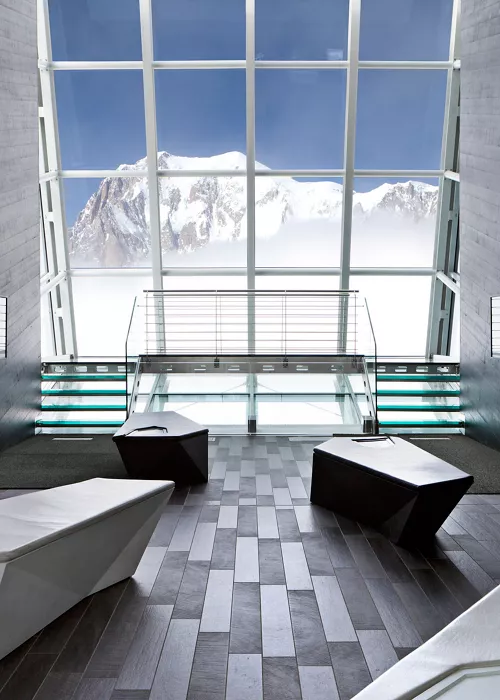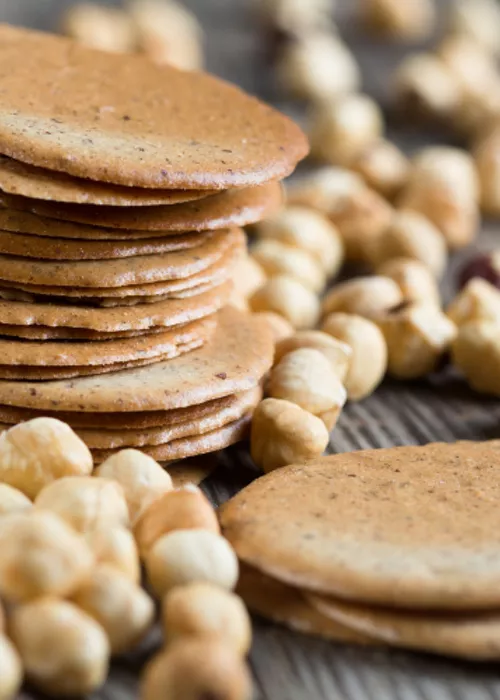Discover Aosta: pristine landscapes and historic villages, churches and castles
5 minutes
Amid pristine landscapes and historic churches and castles of incomparable beauty, Aosta lets you dive headlong into its past by retracing the footsteps of the Ancient Romans and exploring glimpses of the medieval period.
Its wealth of architecture and monuments make it one of Italy's most renowned cities of art, as well as a popular destination for winter sports enthusiasts.
Its mountains offer a spectacular natural setting that attracts international tourists all year round. Aosta is a very friendly city full of pleasant surprises – a wonderful destination that welcomes visitors with the renowned hospitality of the locals.
The history and magic of Aosta

The history of Aosta dates back to the Neolithic age, when it was occupied by the Celts who intermarried with the local populations and gave rise to the Salassi. These people defended the land until the arrival of the Romans, who, during their rule, built a wide road and several forts, such as Augusta Praetoria; remaining still today are the ruins of roads, aqueducts, bridges and the Cryptoporticus, which once surrounded the sacred area of the Roman forum. The city is ranked second in Italy for the number of Roman sites, thanks to the many well-preserved Roman monuments in Aosta.
Even the Valle d'Aosta was not spared from Christianisation and barbarian encroachment until a bilateral pact was signed to end the internecine wars between the nobles of the lands surrounding Aosta, against the dominance of the County of Savoy.
This led to Valle d'Aosta becoming an autonomous region, still celebrated today through the area’s official Valdôtain dialect, a mixture of Burgundian and Provençal, evidence of a culture shared by a large area of French and Swiss Alpine valleys.
Throughout the valley stand fascinating castles and forts bequeathed to history by the House of Savoy.
What to see in Aosta: 3 unmissable sites

The city, with its overwhelming beauty, is packed with fascinating points of interest, starting with its perfectly preserved archaeological sites. Here are four unmissable sites and the main attractions of Aosta.
Iconic monuments: the Arch of Augustus in Aosta is a monument placed along the road that led to the main entrance of the Roman city, the Porta Praetoria. The arch was dedicated to the emperor Augustus in homage to Rome's power. The Porta Pretoria stone gateway, the nearby second site, still has its original three entrances: two side ones for pedestrians and a central one for carts. It was entirely covered with marble, which is today still partly visible on the eastern façade.
Aosta and its beating heart: a visit to Chanoux square in Aosta is a must. Located in the city centre, this pedestrianised rectangular square is dedicated to the “martyr of independence” Émile Chanoux, who was killed by the Nazis. Surrounded by historical palaces against the backdrop of the Alps, all the main shopping and sightseeing streets converge here. Just off the square is the Aosta Cathedral.
Aosta and archaeology: our fourth stop, the Aosta cryptoporticus, is ideal for history buffs. A national monument, this archaeological site truly represents the city's Roman past: it is a marble passageway that helped to level the area's sloping ground and connected two temples, one dedicated to Emperor Augustus and the other to Jupiter, Juno and Minerva.
What to do in Aosta and its sorroundings: 3 ideas

As well as getting lost in its mountains, pristine nature and many historical sites, the town offers a whole host of attractions for the whole family. We have three suggestions for those who want to make the most of their holiday.
The Fair of Sant'Orso, held in Aosta on 30 and 31 January, sees local artists and artisans exhibit wood carvings and sculptures, iron and leather creations, and much more.
A visit to the beautiful Fort of Bard exhibitions, an icon of the region located along the Via Francigena. Its dungeons take you through the history of the Fort and house the Museum of the Alps, with numerous exhibitions and multimedia workshops for children.
Finally, sports enthusiasts will love trekking in the Gran Paradiso National Park.
What to eat in Aosta: 4 specialities

The traditional local cuisine is known for its rich and delicious recipes based on game and fontina cheese, which share many similarities with the dishes of neighbouring transalpine regions.
First, we have the unmissable polenta concia, prepared with the typical yellow grain with a generous sprinkling of fontina cheese and melted butter. You also have to try the fondue, which here uses fontina cheese – the perfect meal for cheese lovers!
The “costolette alla valdostana” are a big hit: succulent, fried “parcels” of veal, stuffed with fontina cheese and prosciutto.
Last but not least, we have seupa à la vapelenentse, a traditional soup made with meat, Savoy cabbage, stale bread, fontina cheese and broth.
Unique places to see in Aosta

Get ready to explore the particularly evocative, intense and unusual places to see in Aosta.
First stop, the Church of Saint Stephen in Aosta, also known as the Church of Saint Etienne, which stands in the area of the Roman necropolis. Today, the religious building is a small and precious jewel offering artwork spanning several eras.
The Tower of the Leper in Aosta is a Roman bastion converted into a feudal residence by the noble Friour family from 1191. The Tower takes its name from the novel Le lépreux de la cité d'Aoste, written in 1811 by Xavier de Maistre, which tells the story of Pietro Bernardo Guasco, a leper who was confined there in isolation.
Also worth a visit, also along the Roman walls, the Bramafam Tower is also worth a stop, apparently derived from the Valdostan patois "bramé la fam" and meaning "to cry out for hunger." The name, according to one legend, refers to the act of a member of the Challant family who, out of jealousy, locked up his wife there, leaving her to starve to death.
According to another popular version, the Bramafam tower, which housed the public granary, was besieged after a long famine by the people of Valle d'Aosta who clamored for food.



















